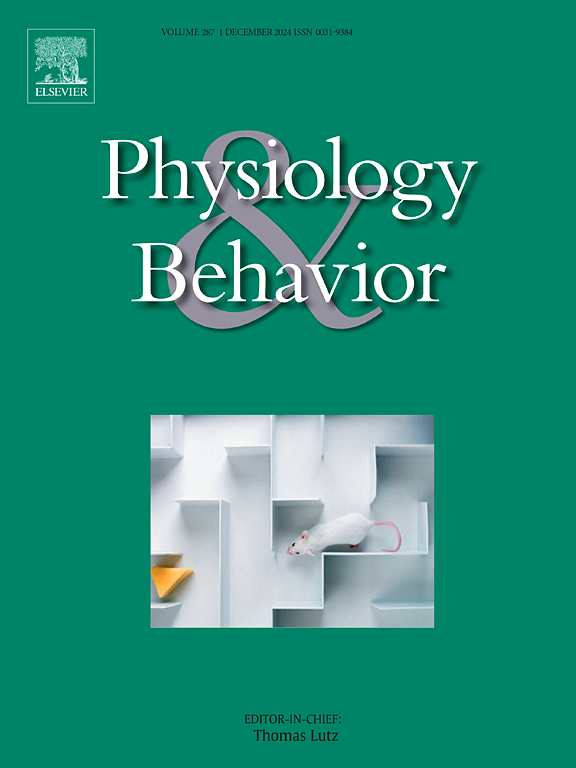应用AutoML识别交互式玩具加速度计数据中的人类行为。
IF 2.5
3区 医学
Q2 BEHAVIORAL SCIENCES
引用次数: 0
摘要
背景:人类行为与我们的身份、文化和疾病密切相关,因此与社会、商业和医学研究密切相关。分析人与人之间或人与物品之间的互动是研究行为的一种方法。在这项工作中,我们分析了预先记录的加速度计数据,这些数据来自与嵌入式传感器的交互,将8,946个行为记录分为五类:掉落、撞击、拾取、摇晃和投掷。方法:我们评估了多种机器学习算法——贝叶斯网络、多项逻辑回归、多层感知器、Naïve贝叶斯和重复增量修剪以产生误差减少(RIPPER)。同时,采用AutoML方法实现模型和超参数的自动选择。结果:AutoML分类器优于传统分类器,准确率为94.4%,受试者工作特征(ROC)面积为0.992。结论:这些发现证实了AutoML在从交互式玩具的加速度计数据中准确识别人类行为方面的有效性。本文章由计算机程序翻译,如有差异,请以英文原文为准。

Identification of human behavior in accelerometer data from interactive toys by applying AutoML
Background:
Human behavior is closely tied to our identities, cultures, and illnesses, and is therefore highly relevant to social, commercial, and medical studies. Analyzing interactions between people or between people and items is a method for studying behavior. In this work, we analyze pre-recorded accelerometer data from interactions with embedded sensors to classify 8,946 behavior records from five classes: drop, hit, pickup, shake, and throw.
Methods:
We evaluated multiple machine learning algorithms—Bayes Network, Multinomial Logistic Regression, Multi-layer Perceptron, Naïve Bayes, and Repeated Incremental Pruning to Produce Error Reduction (RIPPER). Also, an AutoML approach was applied for automated model and hyperparameter selection.
Results:
AutoML outperformed traditional classifiers, achieving a precision of 94.4% and a receiver operating characteristic (ROC) area of 0.992 were obtained.
Conclusion:
These findings confirm AutoML’s effectiveness in accurately identifying human behaviors from accelerometer data in interactive toys.
求助全文
通过发布文献求助,成功后即可免费获取论文全文。
去求助
来源期刊

Physiology & Behavior
医学-行为科学
CiteScore
5.70
自引率
3.40%
发文量
274
审稿时长
47 days
期刊介绍:
Physiology & Behavior is aimed at the causal physiological mechanisms of behavior and its modulation by environmental factors. The journal invites original reports in the broad area of behavioral and cognitive neuroscience, in which at least one variable is physiological and the primary emphasis and theoretical context are behavioral. The range of subjects includes behavioral neuroendocrinology, psychoneuroimmunology, learning and memory, ingestion, social behavior, and studies related to the mechanisms of psychopathology. Contemporary reviews and theoretical articles are welcomed and the Editors invite such proposals from interested authors.
 求助内容:
求助内容: 应助结果提醒方式:
应助结果提醒方式:


